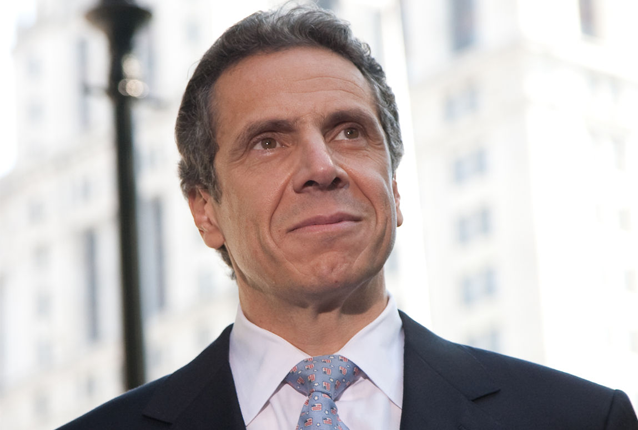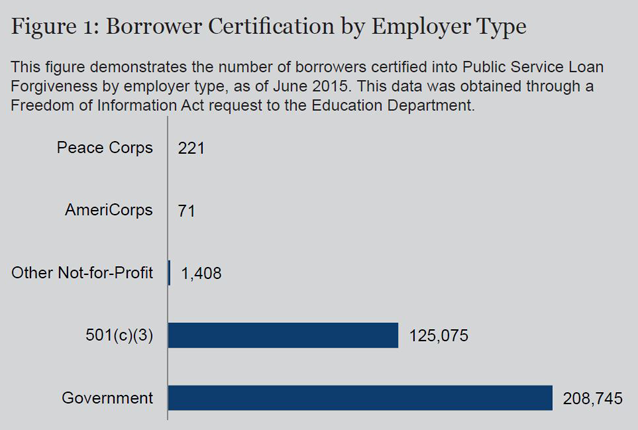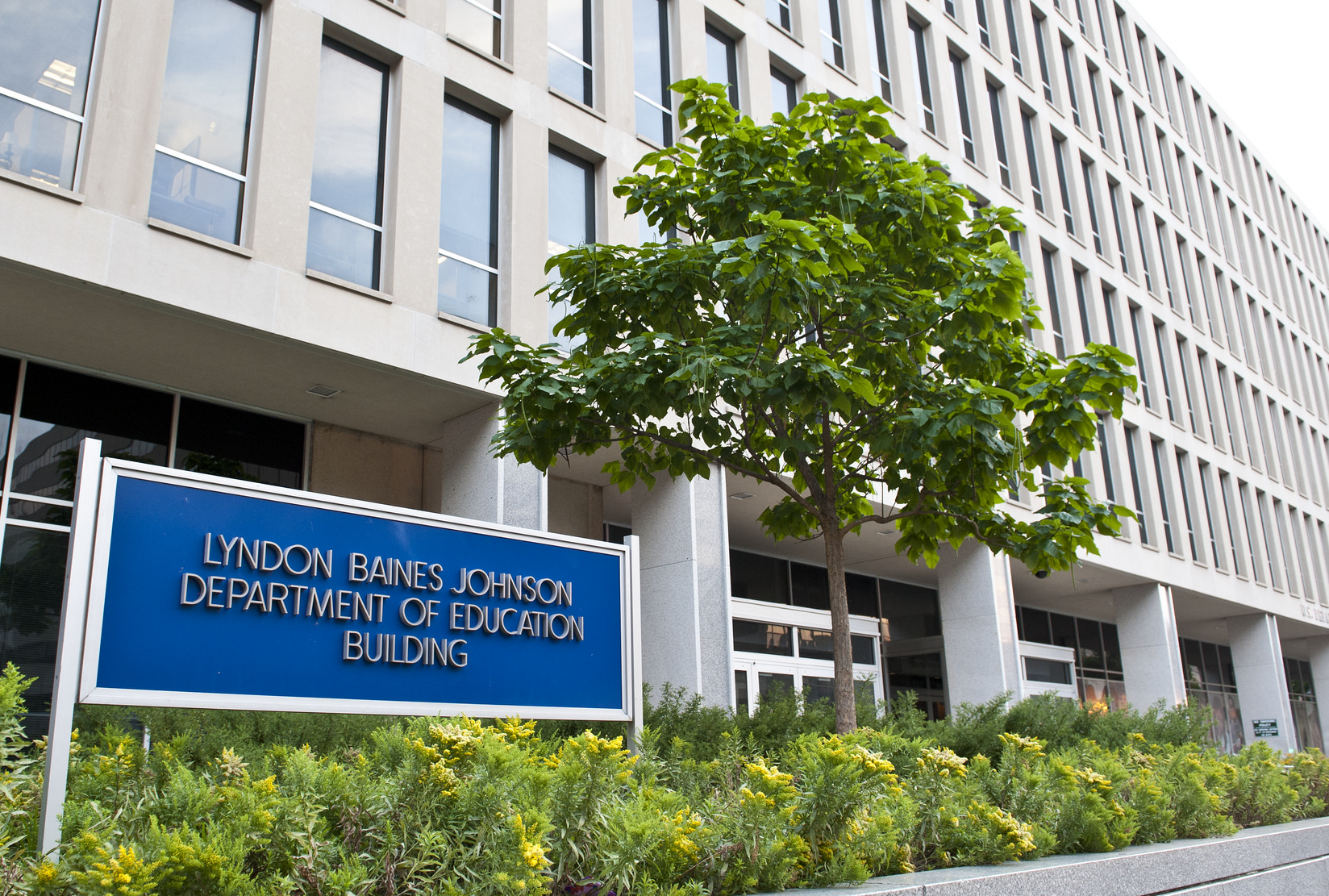New York Governor Andrew Cuomo announced earlier this week that his newly established Student Protection Unit had subpoenaed 13 student debt relief companies for potential exploitation of debtors. As Cuomo’s office explained, “Any company trying to sell students a raw deal using misleading or deceptive practices should know that we’ll continue to work vigilantly to root out consumer abuse.”
Most of us are familiar with these companies, though we may not realize it. These are the ads you see on television late at night asking in an ominous voice: Do you have student loans? Are you buried in debt? Don’t know what you’re going to do?
For more than 40 million student debtors, those are scary questions to answer. Take the class of 2012 as an example: 71 percent had student loans, with an average of $29,400 of debt per borrower. And with over half of recent college graduates working jobs that don’t require a degree, too many borrowers are facing an unprecedented crisis.
The commercial continues: We can help you manage your debt. We can save you hundreds every month. We are here to help you.
It sounds like a good deal, especially for someone struggling to pay bills. But over 33 million student debtors actually have the option to enroll in free programs like Income-Based Repayment (IBR) which would reduce their monthly payment – they just don’t know about it.
Because the U.S. Department of Education and their servicers (such as Sallie Mae) don’t educate student debtors about their repayment options, many borrowers end up paying exorbitant fees and are unaware of other options.
These commercials – and the services they advertise – appeal to the millions of people saddled with student debt and having to decide between making loan payments and buying groceries. With so many graduates defaulting on their student loans, it’s no wonder. But steps must be taken to ensure students are aware of their options and are not taken advantage of by predatory lenders.
We applaud Governor Cuomo for protecting borrowers from these misleading and deceptive practices, but the real question remains: why is New York’s governor spending his state budget on a service for which the Department of Education is technically responsible? Why are so many borrowers learning about IBR from eerie, misleading television commercials and not from the government agency that’s supposed to be offering it to them and protecting them?






